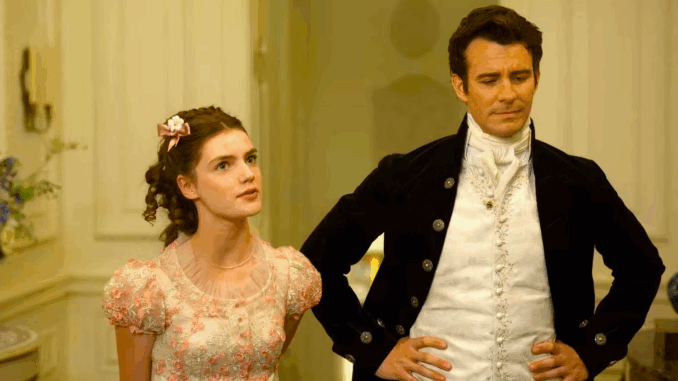
Benedict Bridgerton has often been the quietly simmering presence among his siblings—observant, artistic, and somewhat adrift. While others chase marriage or honor, Benedict is searching for meaning. Season by season, we’ve seen him navigate the fringes of aristocratic expectations, drawn toward art schools, bohemian salons, and people who defy traditional molds.
Many fans believe Benedict’s story could become the series’ most boundary-pushing narrative. His romantic future remains ambiguous—leaving room for potentially queer themes or a deeper dive into class and identity. More than just a love story, Benedict’s arc could become a meditation on selfhood in a society governed by appearances.
What sets Benedict apart is not just his artistic eye, but his emotional openness. He listens. He reflects. His presence in the story provides an outlet for the themes that Bridgerton flirts with but rarely confronts head-on: the tension between conformity and creativity, status and freedom. While others seek status through marriage, Benedict seeks purpose through expression.
If adapted faithfully from Julia Quinn’s novels, his arc could blossom into a visually rich, emotionally layered chapter in the Bridgerton universe—one that appeals not just to the heart, but to the intellect. In a show about appearances, Benedict is yearning to see beyond the surface. And that makes him more relevant than ever.
